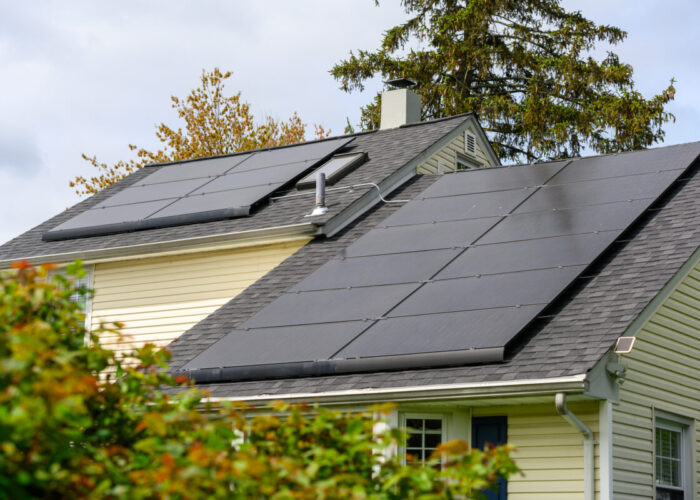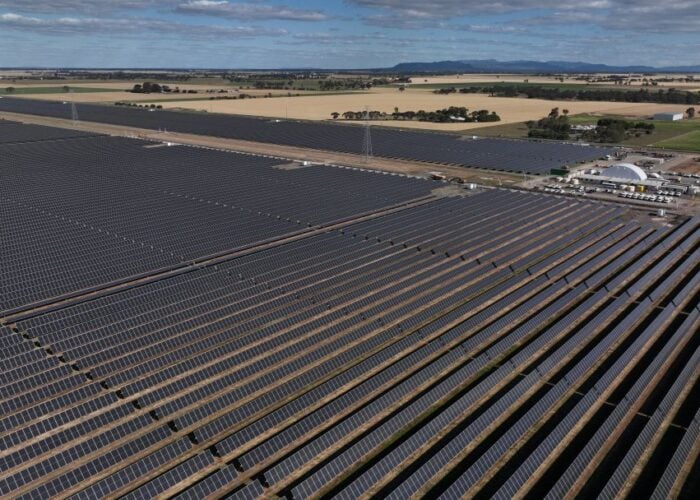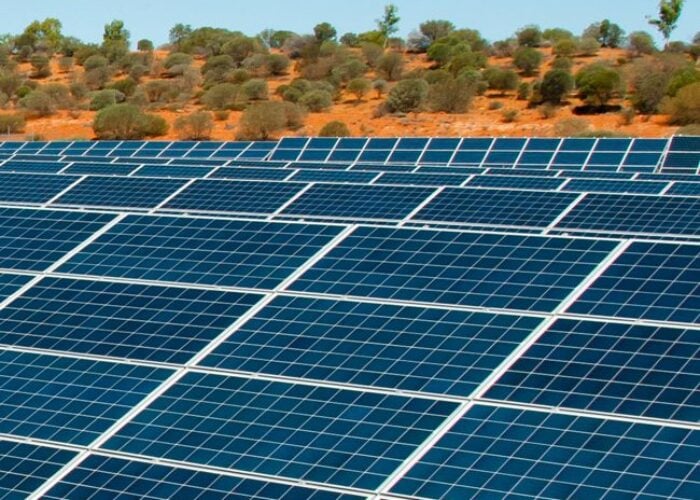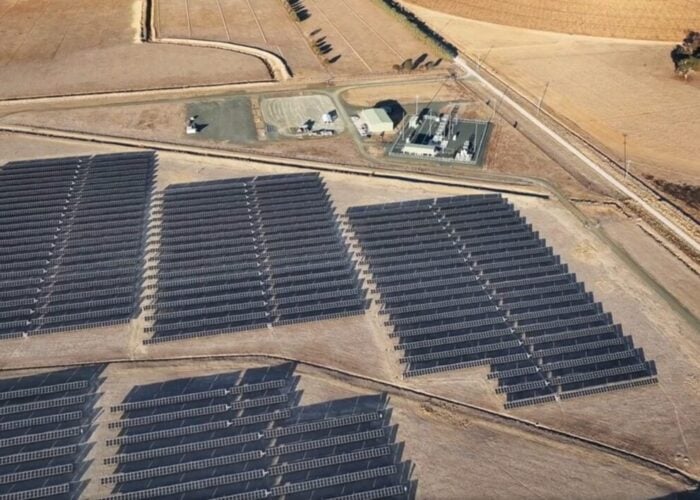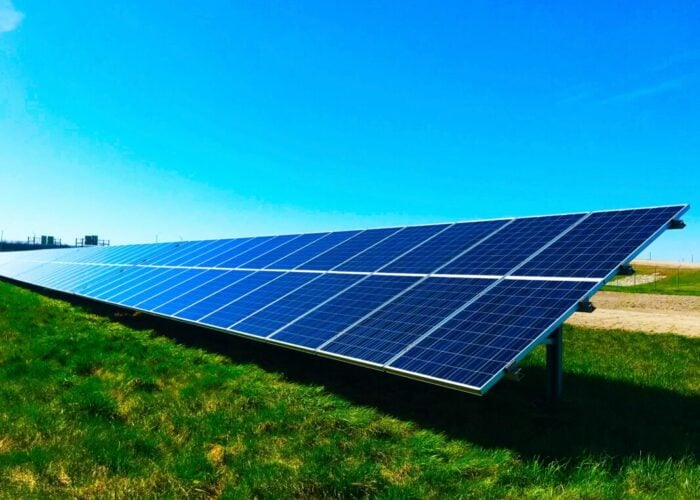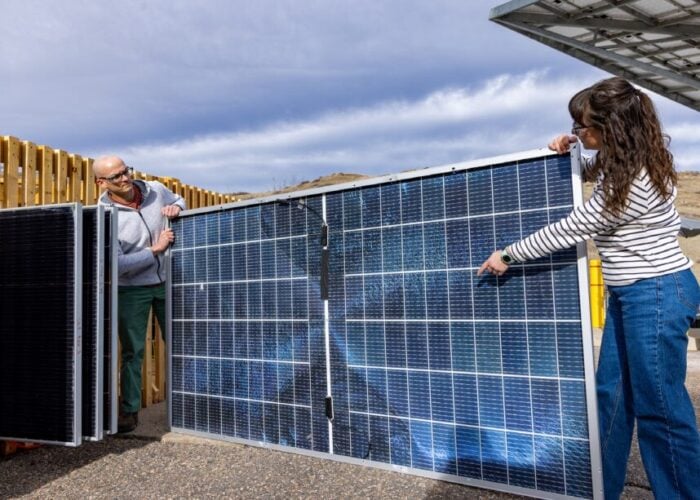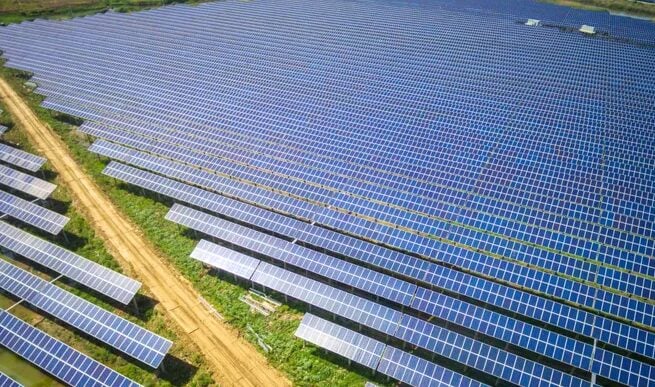
Swedish solar developer OX2 has been approved for a 90MW solar-plus-storage site in New South Wales via Australia’s Environment Protection and Biodiversity Conservation (EPBC) Act.
The Summerville solar-plus-storage site, which is being developed in the Richmond Valley region of the state, around 57km southwest of Lismore, will feature a co-located 90MW/360MWh battery energy storage system (BESS).
Try Premium for just $1
- Full premium access for the first month at only $1
- Converts to an annual rate after 30 days unless cancelled
- Cancel anytime during the trial period
Premium Benefits
- Expert industry analysis and interviews
- Digital access to PV Tech Power journal
- Exclusive event discounts
Or get the full Premium subscription right away
Or continue reading this article for free
On 17 July, it was granted the “approved without conditions” notice, which officially cleared the project to go ahead. The project was first submitted to the EPBC Act on 6 June, meaning a decision was granted in 41 days.
It came on the same day that PV Tech reported that the Swedish developer had submitted plans for a 150MW solar-plus-storage project in Queensland to the EPBC Act.
The 90MW Summerville solar-plus-storage site
The Summerville solar-plus-storage site will connect to the New South Wales electricity network and the National Electricity Market (NEM) through a short underground connection to the existing 132kV Lismore to Koolkhan overhead line located to the southeast of the site.
The Summerville project will span 240 hectares, predominantly used for cattle grazing, 3km east of Rappville. It will feature around 215,000 solar PV modules. The BESS will cover 1.9 hectares of land and act as a large-scale supplier to the grid.
As part of the project, OX2 will provide Richmond Valley Council with approximately AU$3.1 million (US$1.99 million) to deliver infrastructure and community benefits.
OX2 expects the solar-plus-storage site to begin operations in 2027.
Australia’s EPBC Act scrutinised for increased decision-making periods
The EPBC Act, administered by the federal government, aims to protect nationally threatened species and ecological communities. The approval must be received before a project can be developed.
If a project is deemed to significantly impact these matters, it becomes a “controlled action” requiring assessment and approval under the EPBC Act. In contrast, if a project does not have a significant impact, it becomes “not a controlled action,” meaning it is clear for development.
In December 2024, the EPBC Act was scrutinised by the Australian trade association, the Clean Energy Investor Group, which revealed that decision-making periods have doubled from 2021 to 2023.
According to the group representing Australian and global renewable energy investors, the average decision-making period for controlled actions requiring comprehensive environmental assessments increased from 62 days in 2021 to 136 days in 2023.
Under the EPBC Act, from 2020 to 2023, there were 23 referrals in 2020, whereas in 2023, there were 40. Only six of 19 project referrals to the EPBC Act from 2021 and none from 2023 have received final approvals.
It should be noted that since this report was released, Australia’s Department for Climate Change, Energy, the Environment and Water (DCCEEW) has laid out plans to strengthen and streamline the environmental law.
Our publisher, Solar Media, will host the Battery Asset Management Summit Australia 2025 on 26-27 August in Sydney. You can get 20% off your ticket using the code ESN20 at checkout.

